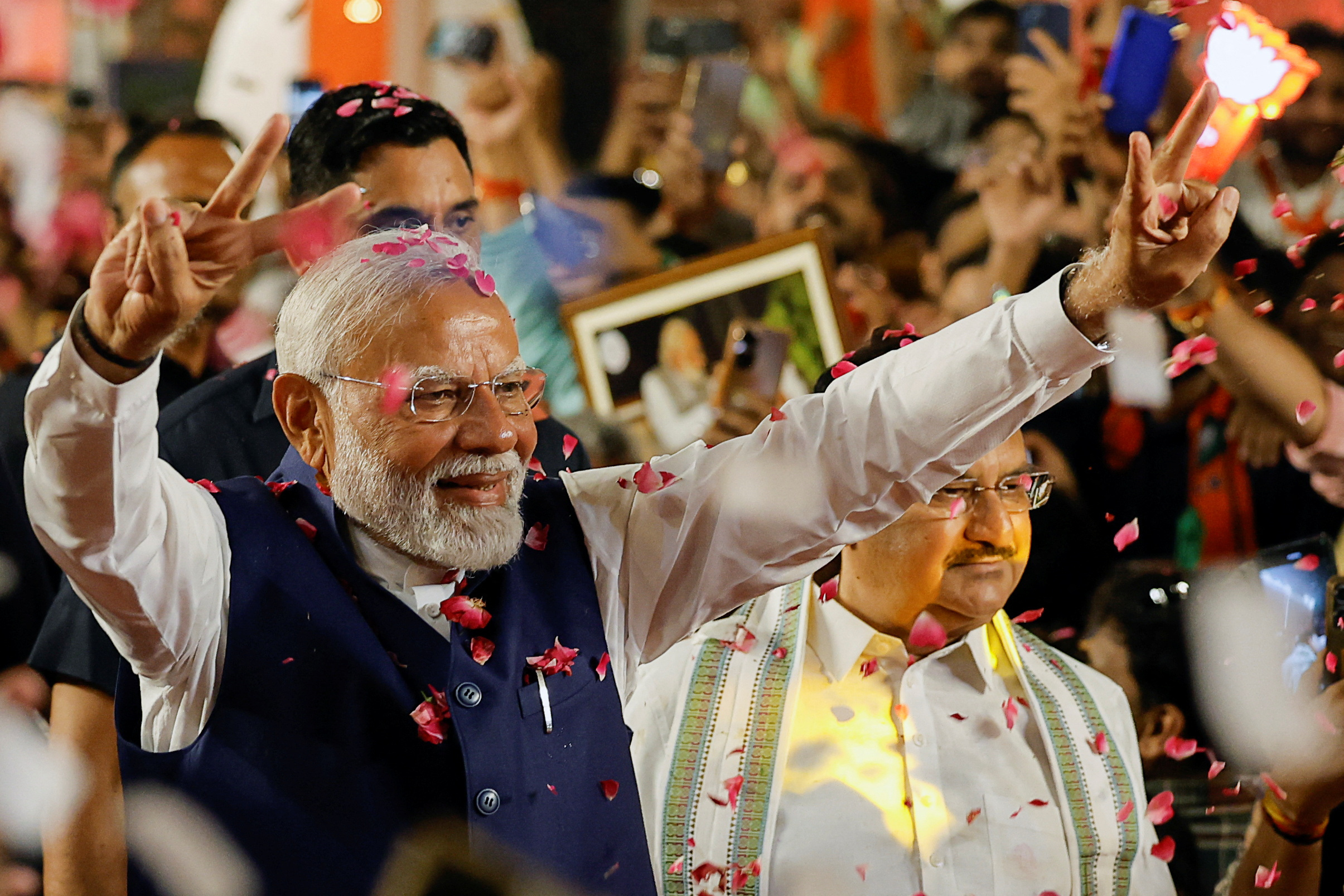The presidential election system in the United States is a complex process that involves several key steps, including primary elections, national conventions, and the general election. Here’s an overview of how the system works:
1. Primaries and Caucuses: The presidential election process begins with primary elections and caucuses held in each state. These events allow registered members of political parties to choose their preferred candidate for the presidential nomination. Primaries are typically held in voting booths, while caucuses involve public meetings where participants discuss and vote on their preferred candidate.
2. National Conventions: After the primary and caucus phase, each major political party holds a national convention to officially nominate their candidate for president. Delegates, who are typically chosen based on the results of the primaries and caucuses, gather to cast their votes. The candidate who receives the majority of delegates’ votes becomes the official nominee for the party.
3. General Election Campaign: Once the parties have nominated their candidates, the general election campaign begins. The nominees from each party, along with any independent candidates, travel across the country to promote their platforms, engage with voters, and participate in debates. The campaign period typically lasts several months and culminates in Election Day.
4. Electoral College: In the United States, the president is not elected directly by the popular vote but by the Electoral College. The Electoral College is a body of electors from each state, determined by the state’s representation in Congress. When voters cast their ballots in the general election, they are actually voting for a slate of electors who are pledged to support a particular candidate. The number of electors per state is based on the state’s representation in the House of Representatives and the Senate.
5. Electoral Votes: The candidate who wins the popular vote in a state generally receives all of that state’s electoral votes, with the exception of Nebraska and Maine, which allocate their electoral votes proportionally. To win the presidency, a candidate must secure a majority of the total electoral votes available, which is currently 270 out of 538.
6. Inauguration: Following the general election, the winning candidate becomes the president-elect. The president-elect is inaugurated and takes the oath of office on January 20th of the following year, officially becoming the President of the United States.
It’s important to note that the presidential election system can vary in some aspects from state to state, as each state has its own rules and regulations regarding primaries, caucuses, and the Electoral College. However, the general framework described above outlines the overall process of how the president is elected in the United States.



